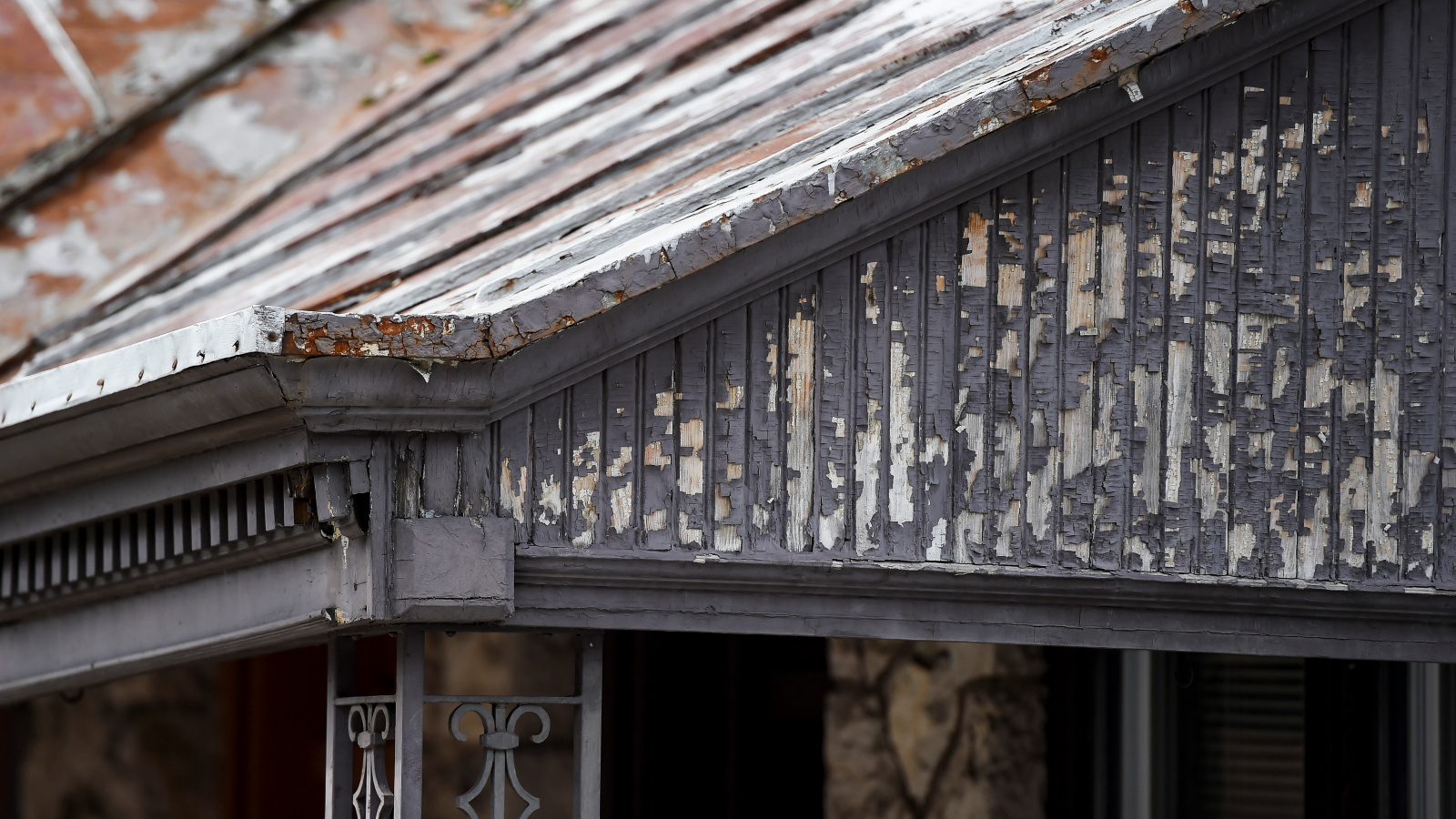This story was supported by the Economic Hardship Reporting Project.
The announcement earlier this week — that the EPA wants to get rid of lead pipes that provide drinking water within the next decade — sounded like good news, especially in Chicago, which has the most lead water pipes of any city in the United States.
But the fine print is disappointing: Because of a loophole or “carve-out” in the proposed rule, some residents there could still end up waiting another 40 years for the lead pipes to be removed.
The EPA mandate makes an exception for places where it would be almost impossible to replace all of the lead pipes within 10 years. It would be a colossal challenge to remove Chicago’s nearly 400,000 lead water pipes. Cities and towns that are in a similar position to Chicago could instead replace 10,000 pipes a year until all lead pipes are removed. That means Chicago could theoretically take more than 40 years to solve the problem and still be in compliance with the rule, which is expected to be finalized next year.
Lead can cause a host of health issues, including damage to the brain and nervous system. In children, lead can severely disrupt their development and lead to issues with hearing or speech as well as learning or behavioral issues.
The new rule would also lower the limit of lead from 15 to 10 parts per billion, or ppb. The World Health Organization has said that there is no safe level of exposure to lead.
For drinking water in particular, the long-term consumption of lead is a problem, said Adrienne L. Katner, director of the Environmental and Occupational Health Sciences Program at Louisiana State University in New Orleans.
“The one big difference is that you’re ingesting water on a daily basis and it’s a chronic exposure. So even if it’s low dose, it is a concern,” said Katner.
In Chicago, the problem is so acute that a Guardian analysis of city data found that 1 in 20 taps have water that exceeds the current EPA minimum of 15 parts per billion. The analysis also found that lead levels are higher in the city’s Black and Latino neighborhoods.
While Gina Ramirez, Midwest outreach manager at the National Resources Defense Council, was delighted to hear the announcement of the rules, she’s also concerned that they don’t go far enough.
“That 10 year rule is not going to apply to Chicago, which as an [environmental justice] advocate, as a parent, as an expectant mother, is really concerning to me,” said Ramirez. “I would love to see lead service line replacement within my children’s generation. And if we’re going by a [longer] timeline, that’s not acceptable.”
Previous attempts to solve the problem from the city have so far been unsuccessful. A Chicago Sun-Times investigation found that despite former Mayor Lori Lightfoot’s promise to make significant inroads on the issue, there were only 280 pipes that were replaced by the end of her tenure.
Ramirez is also personally invested in the fight against lead in drinking water. She helped her mother apply for a city program that helps residents replace those same lead service lines at no cost, but the onerous paperwork and long wait times left her wanting.
“My mom, you know, part of the process of getting her line removed was to test her water, she still has not gotten the results,” said Ramirez. “She did have her lead service line replaced, but she still doesn’t know if she had 15 parts per million or even higher in her water previously.”
Those concerns are not unfounded, since Ramirez’s mother lives on the city’s Southeast side, a place that has historically been polluted by multiple heavy industrial plants that operate in the area and where a higher percentage of lead in drinking water was found.
Lead can take 20 years to fully dissipate from someone’s body, which means it can cause health issues decades after exposure, from the cardiovascular system to pregnancy, according to Katner in New Orleans.
“Chicagoans have given the ultimate sacrifice, which is our health,” added Ramirez.
The city’s plan to tackle the issue is one of several environmental justice problems facing current Mayor Brandon Johnson, who campaigned on the issue.
It would be a monumental task for the city, which only stopped installing lead pipes in 1986, after the federal government outlawed it. Megan Vidis at the Department of Water Management in Chicago noted that if the city was held to the 10 year rule, it would have to replace 40,000 service lines a year. This would be a massive leap from the current 8,000 lead pipes it replaces each year.
“There are not enough plumbers in Illinois, much less the Midwest to do that,” said Vidis.
Additionally, the price tag for replacing lead service lines in Chicago is an estimated $12 billion. The total amount of money offered by the Biden Administration to replace every service line in the country is $15 billion.
As residents are waiting for the city to ramp up its efforts, Katner urges people to buy pitcher filters or filters mounted to their taps in the kitchen. The low-cost solution is much more affordable than the billions needed to replace lead water lines and can start protecting residents’ health today.
“I think that the rule is a good move in the right direction,” said Katner. “Is it perfect? No, but you know, it’s a good move in the right direction.”
Editor’s note: The NRDC is an advertiser with Grist. Advertisers play no role in Grist’s editorial decisions.




